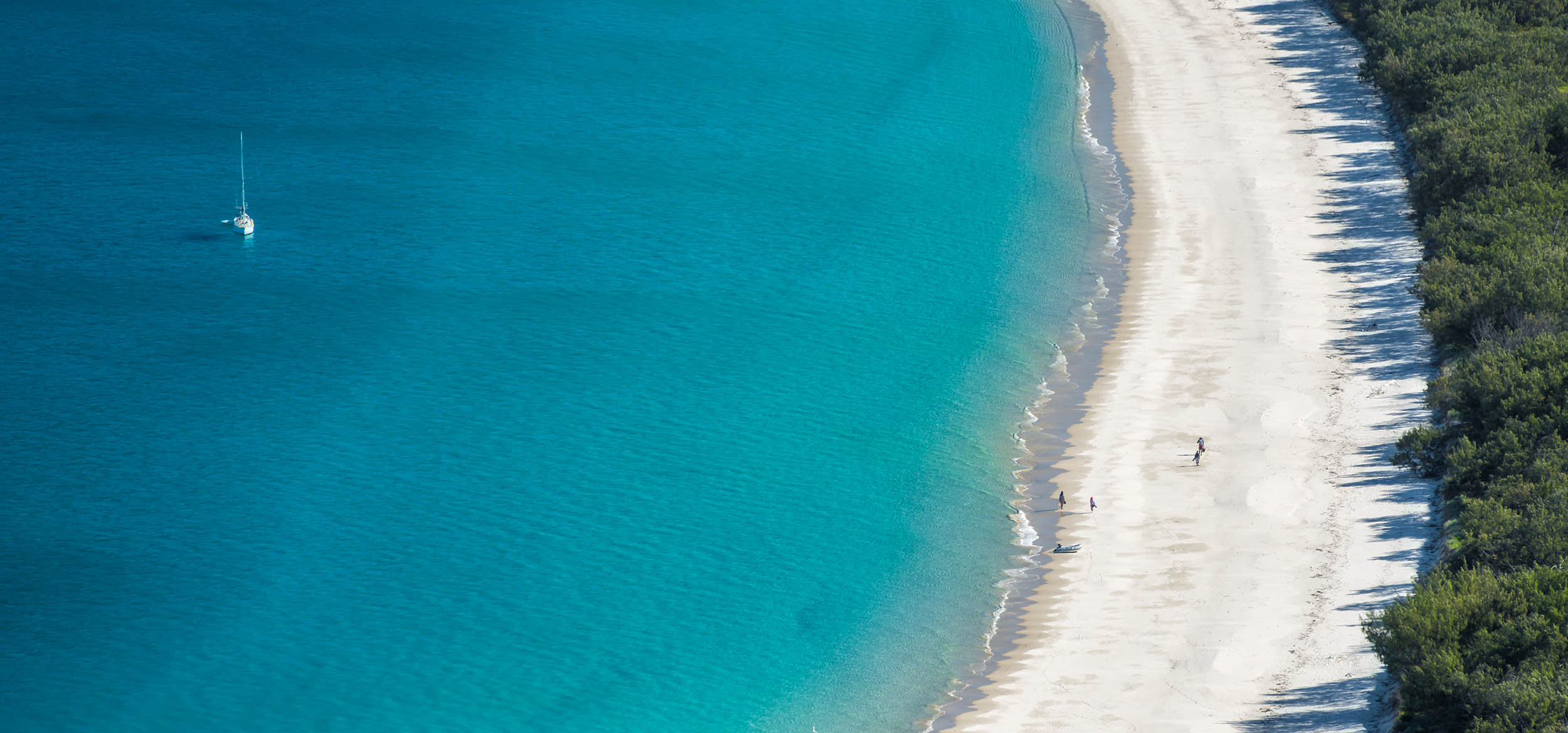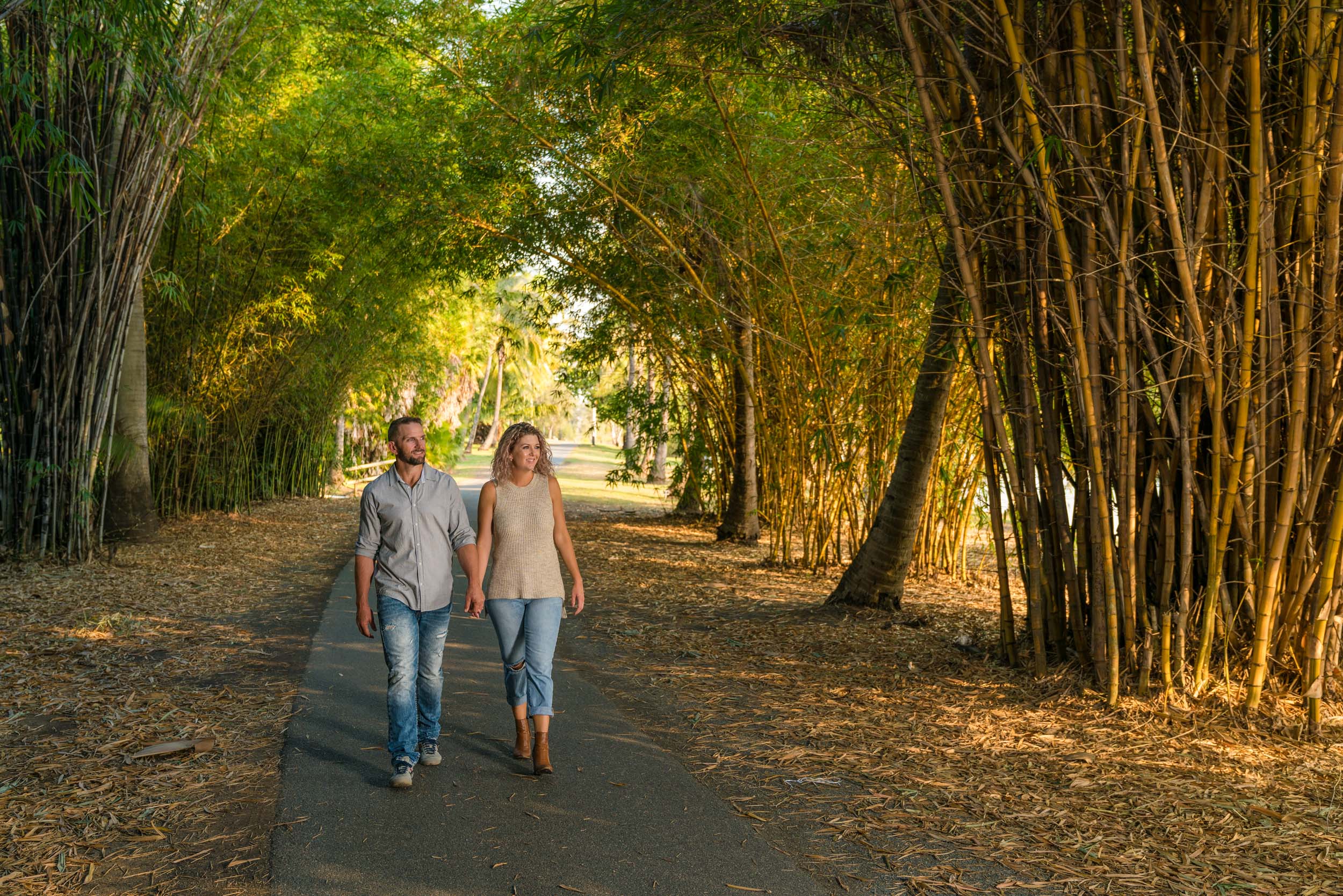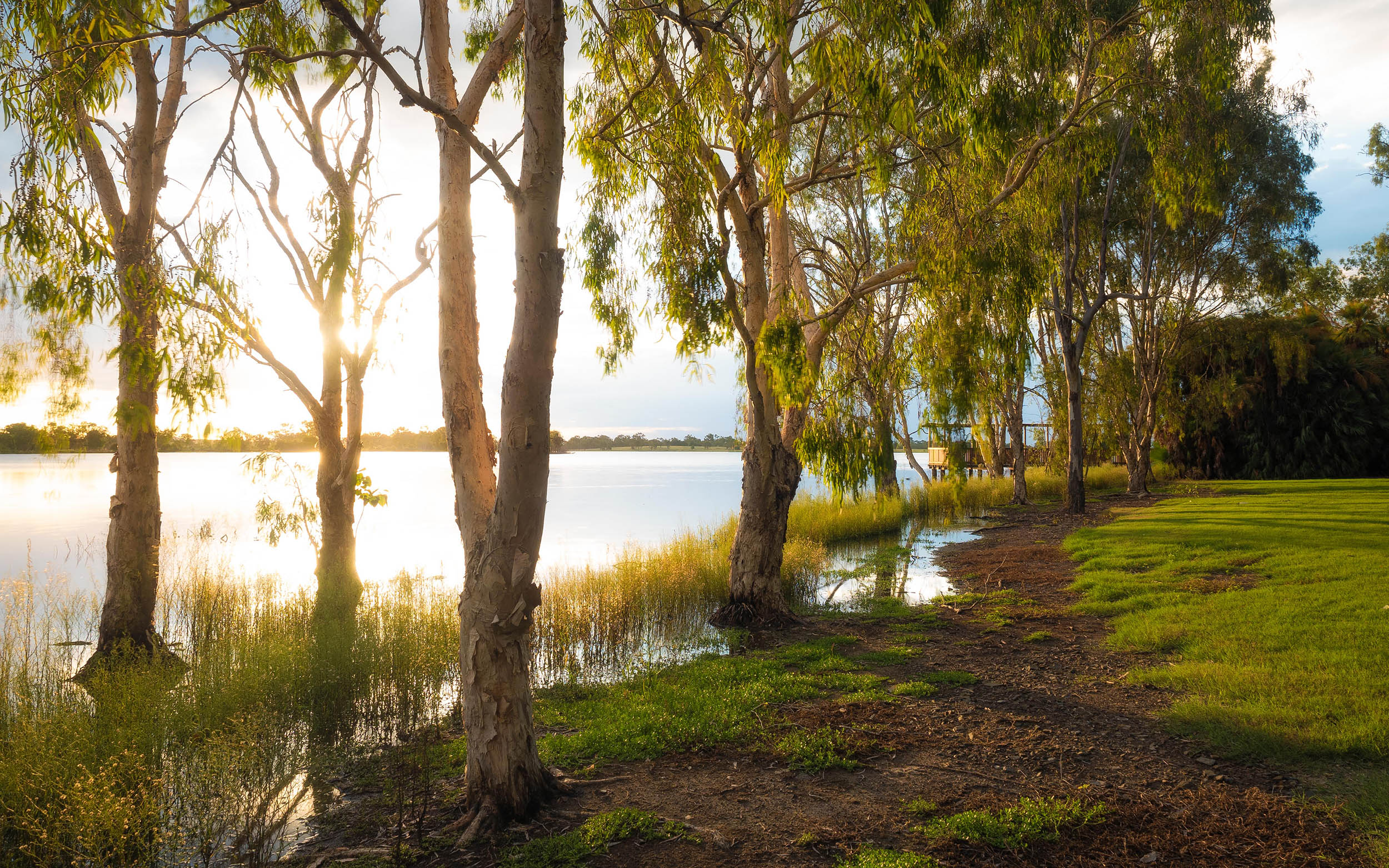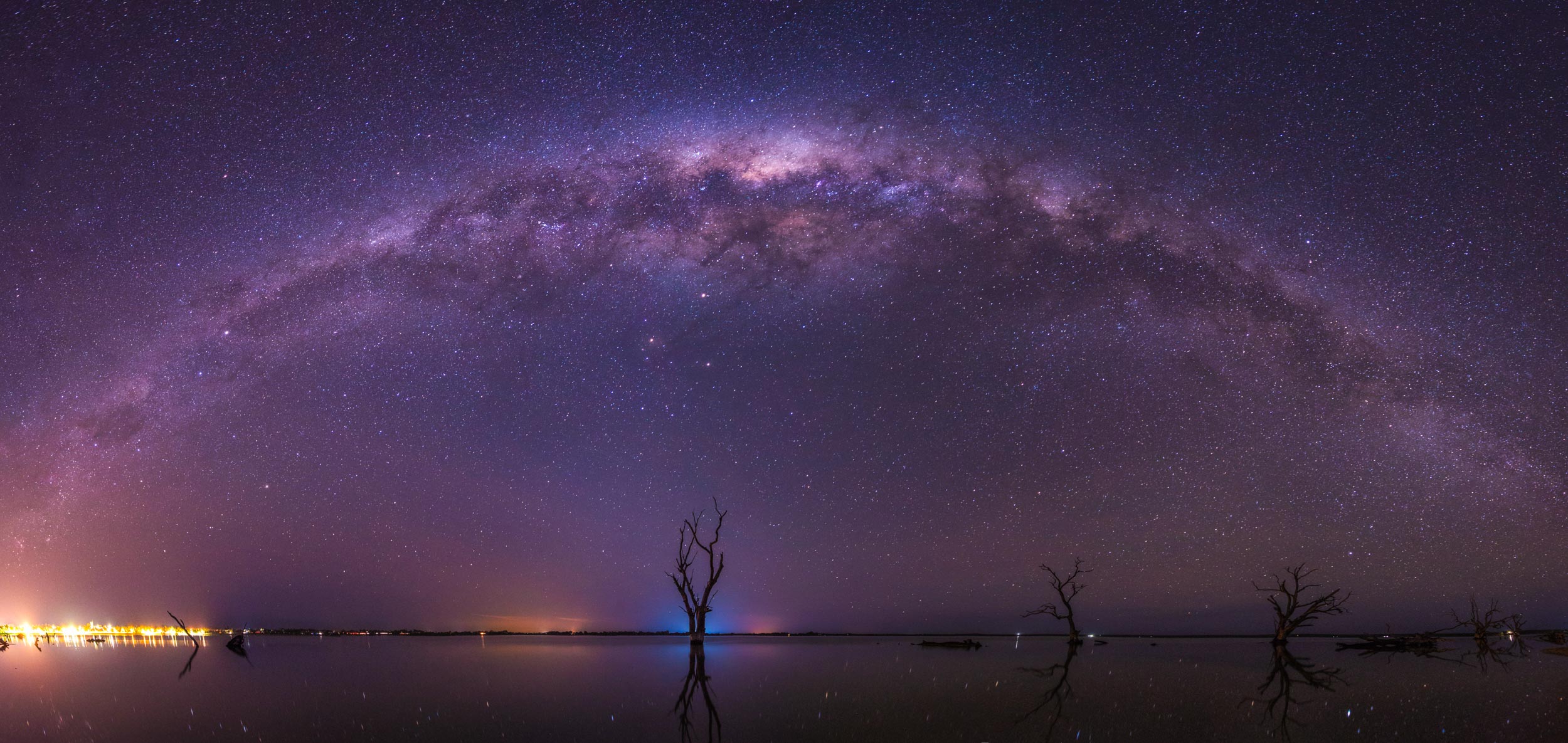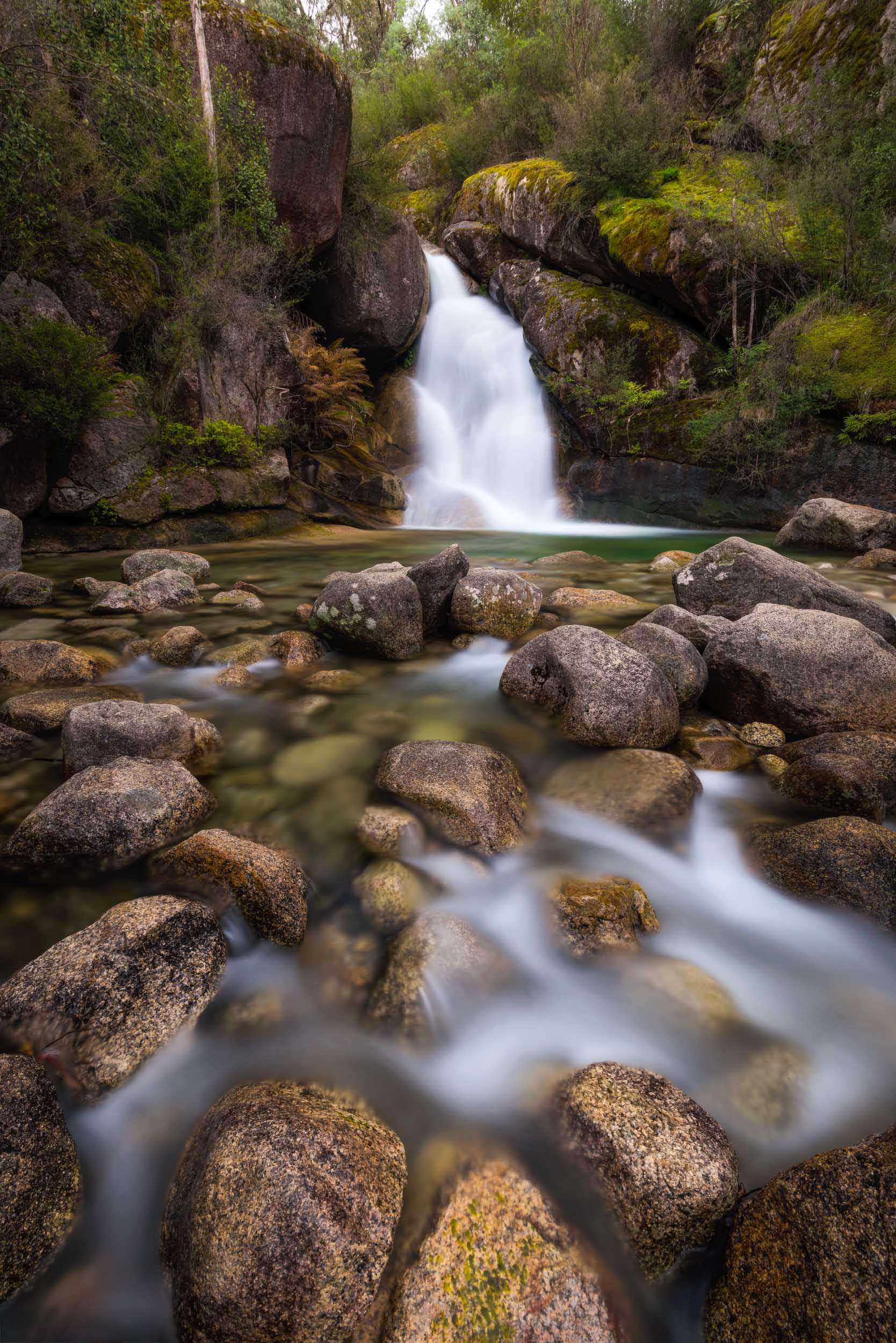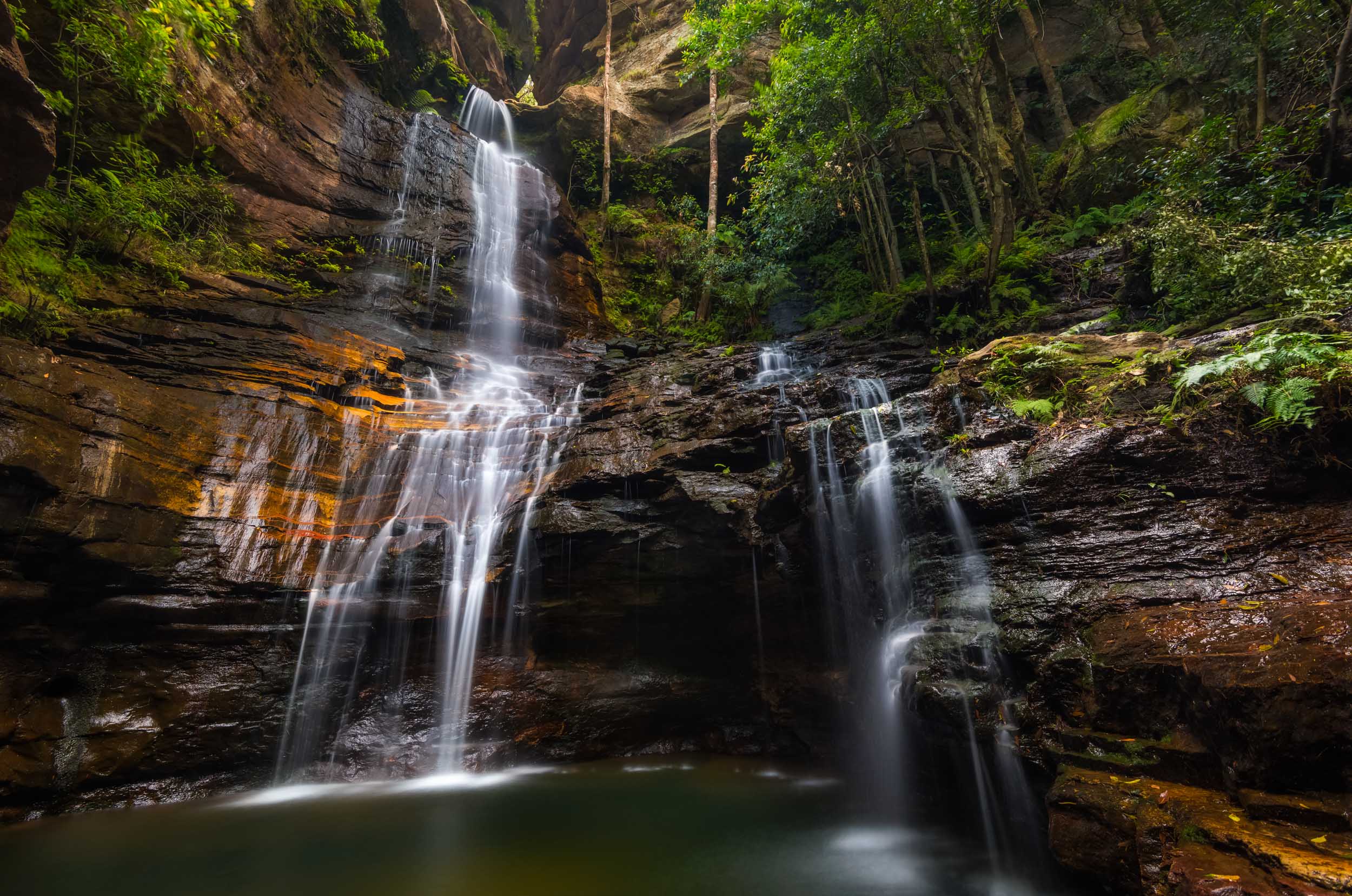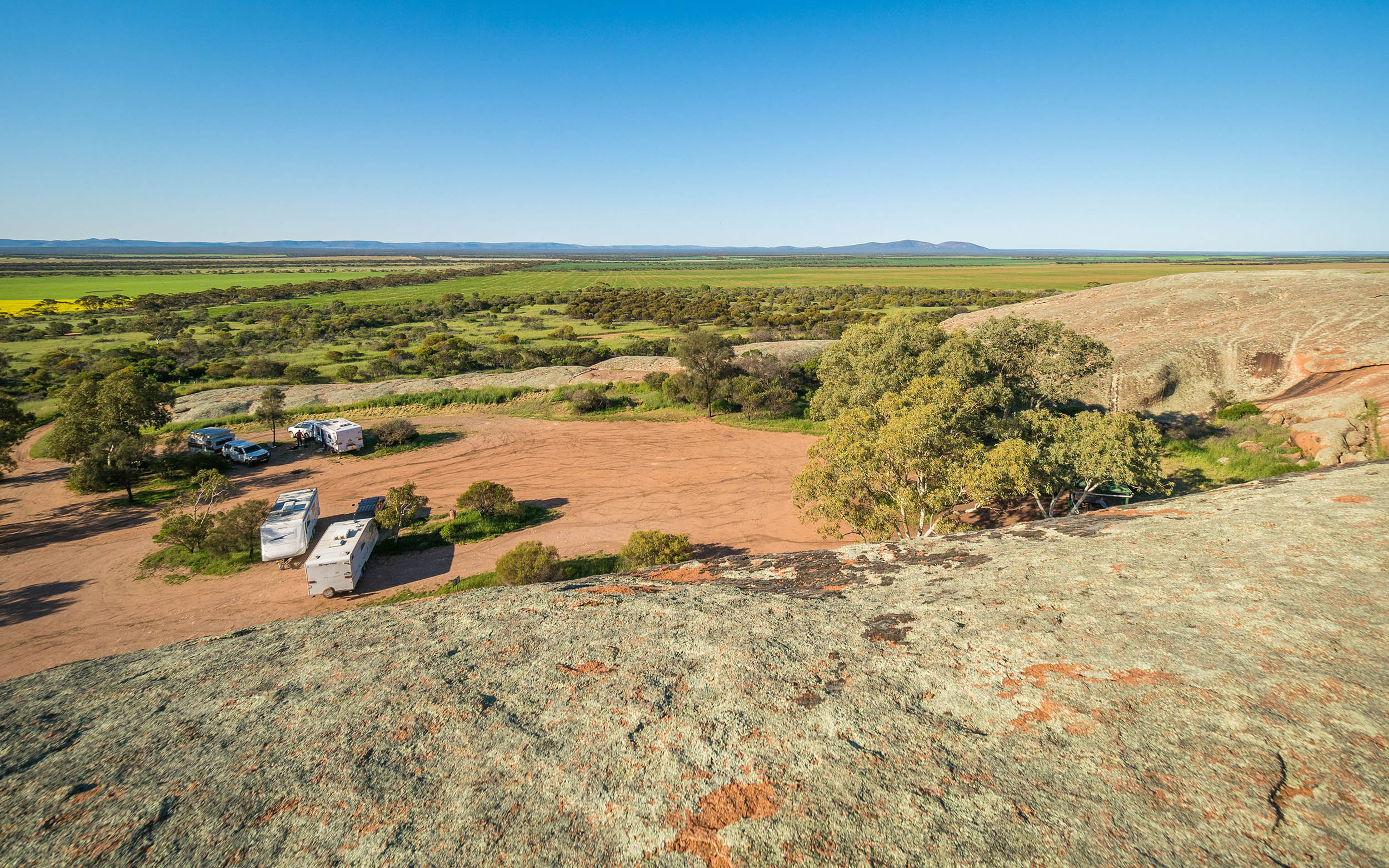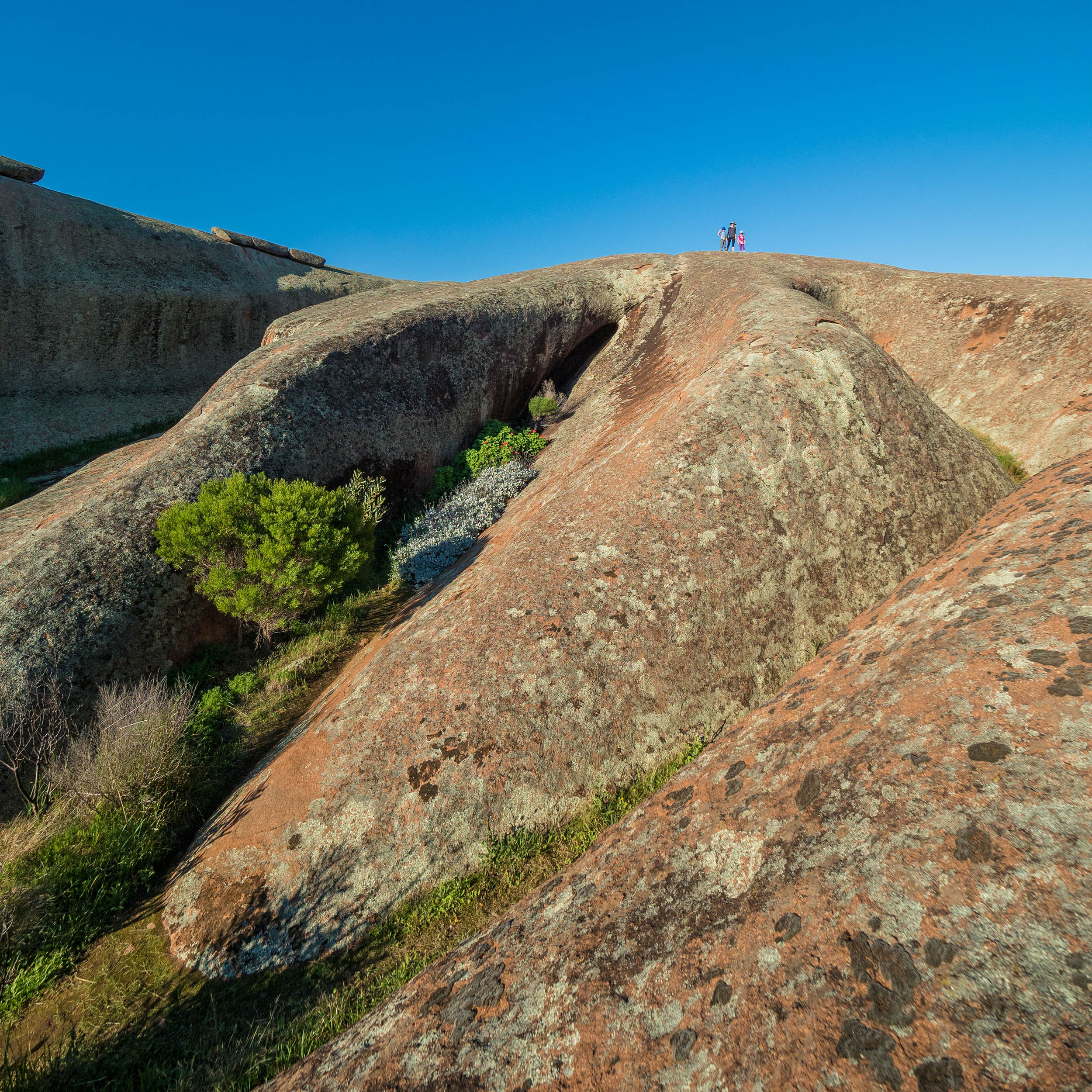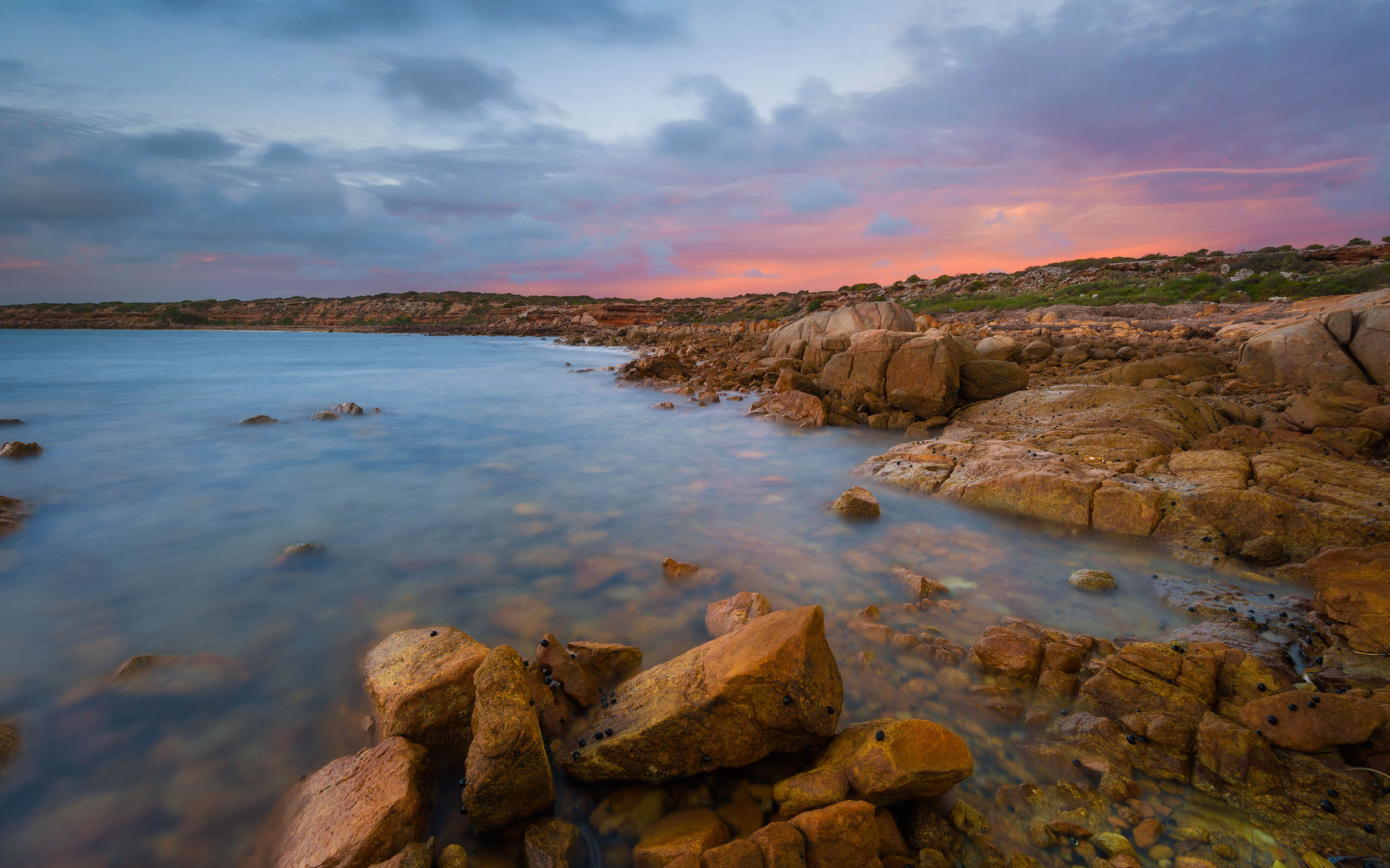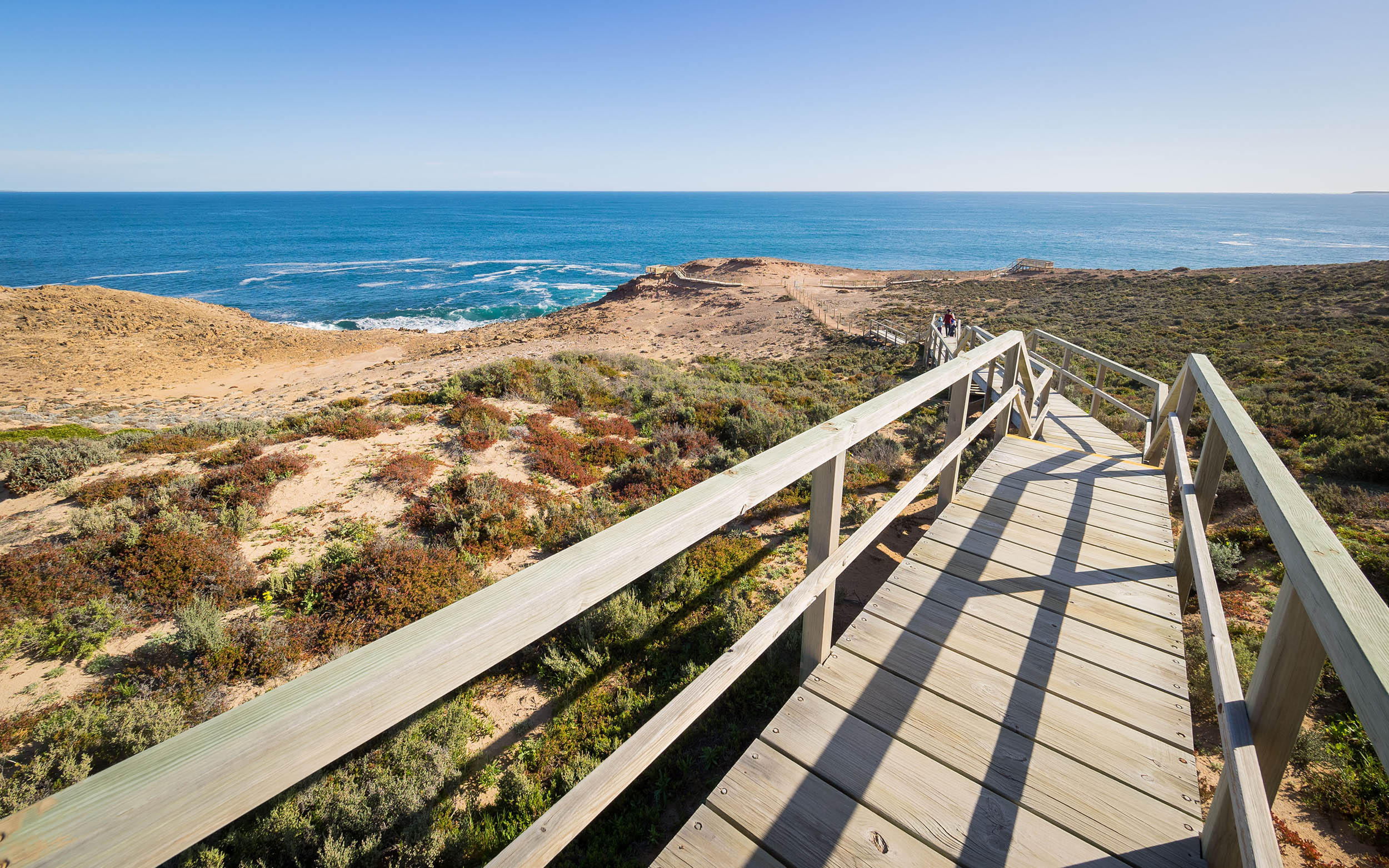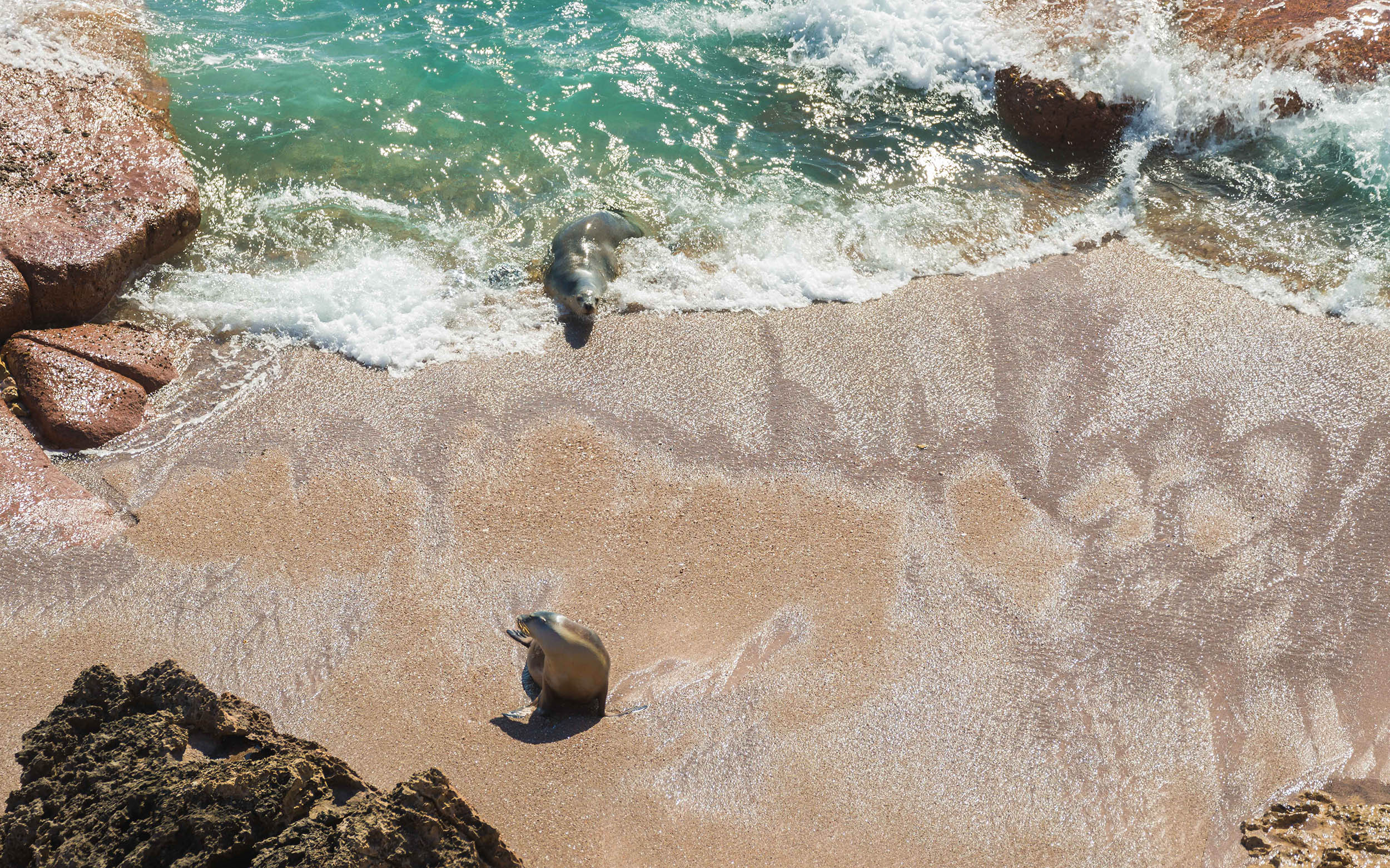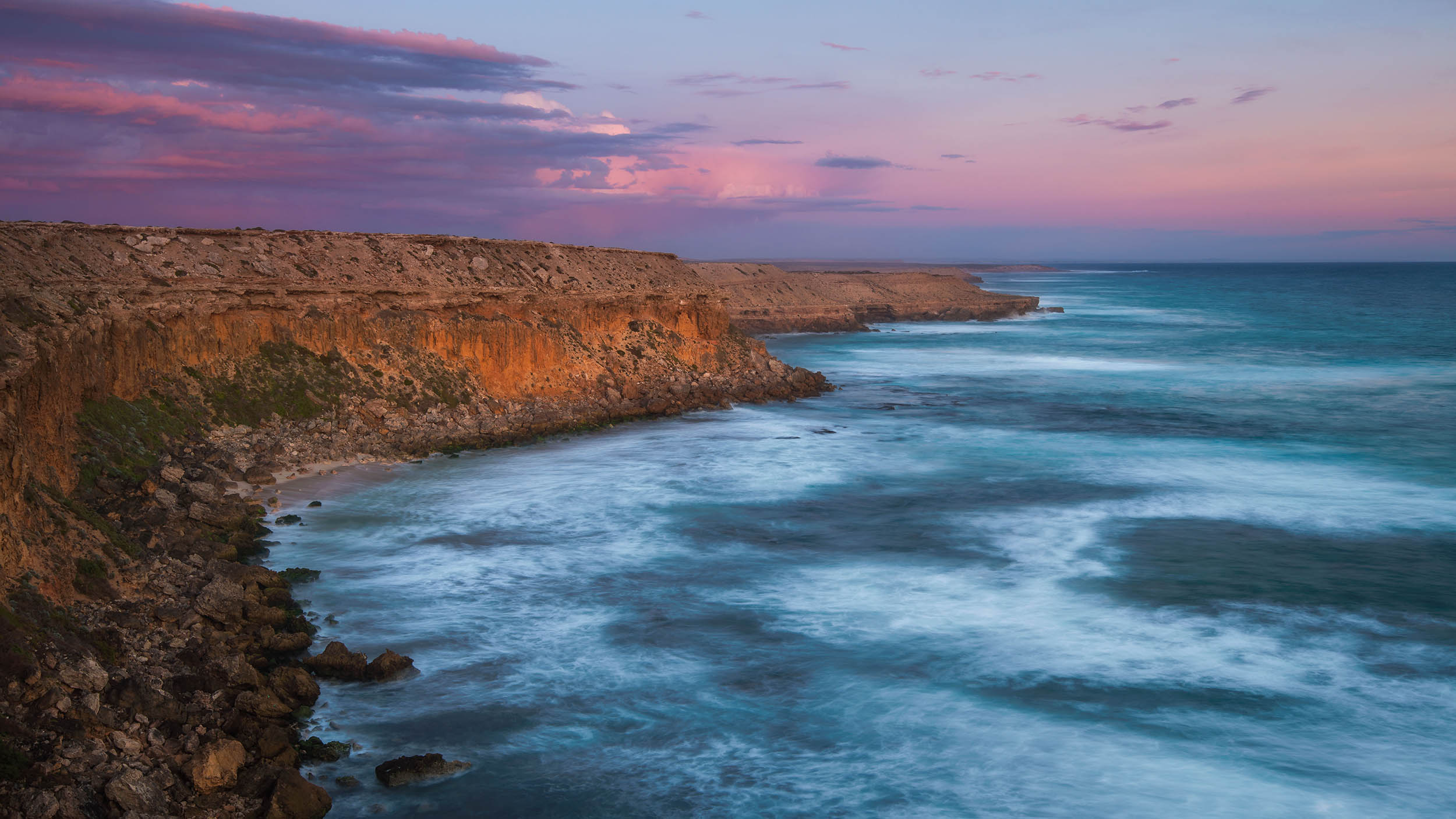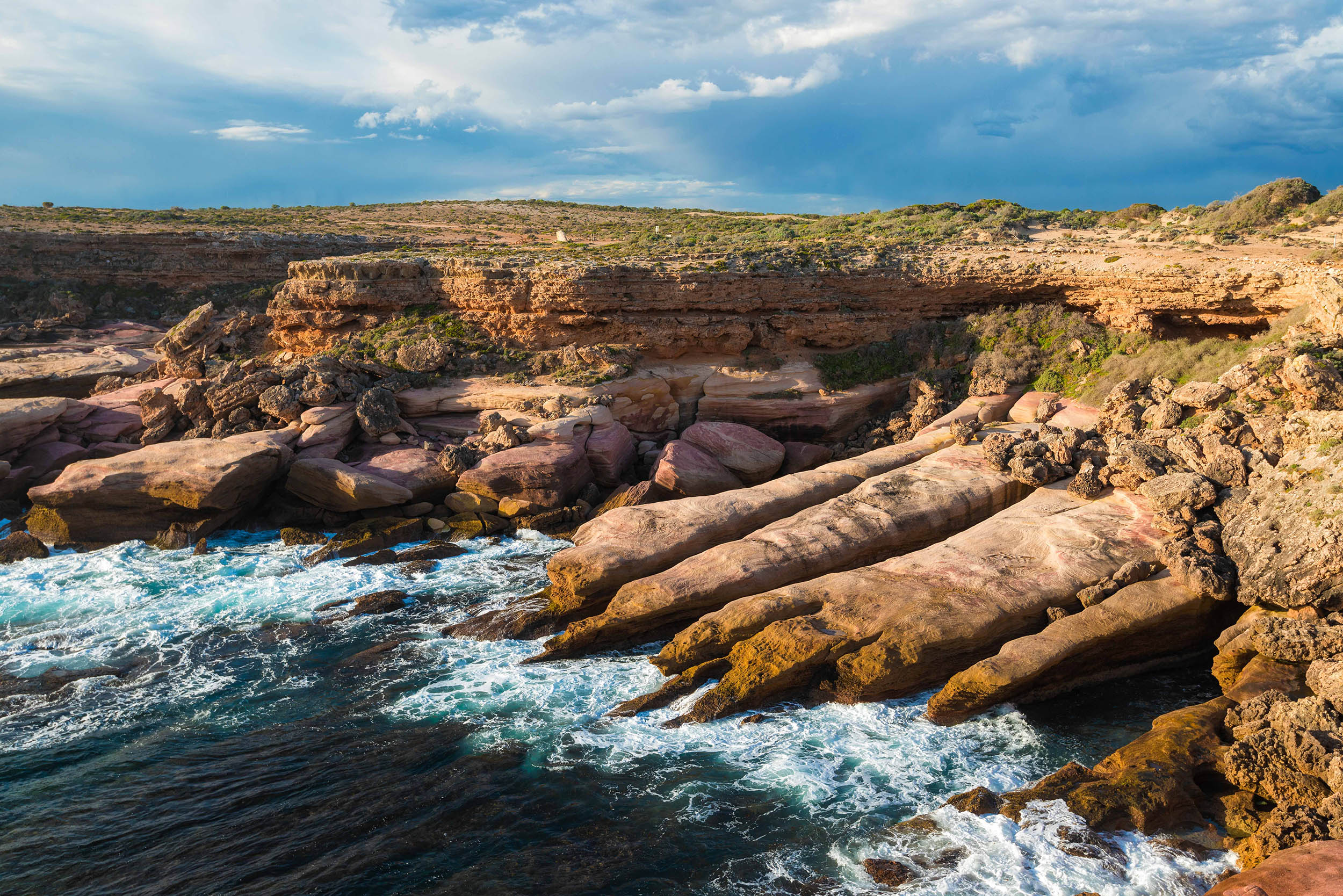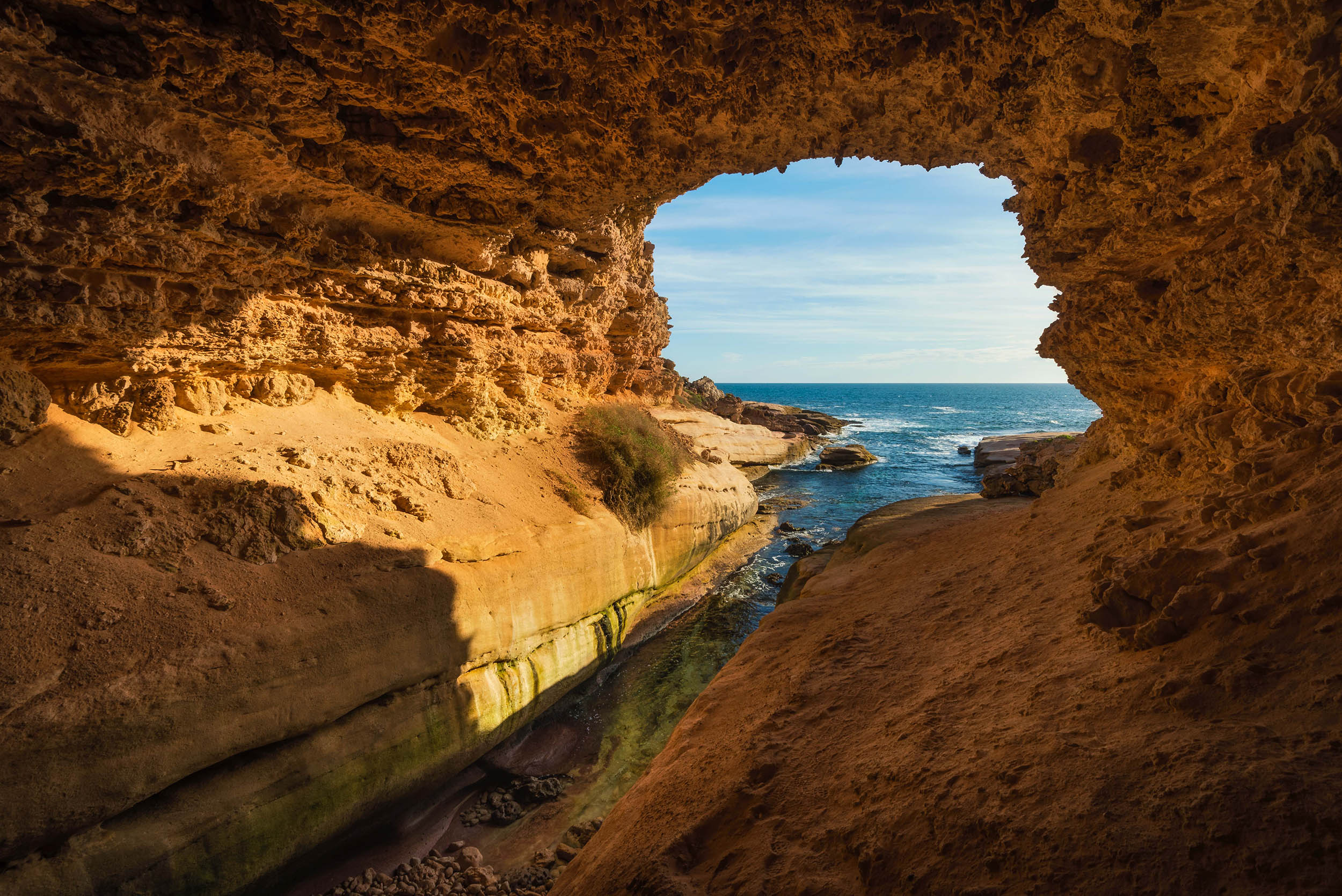When people think of Queensland, there are some common images that will automatically spring to mind. Most will think of the long stretches of sandy beach lining Surfers Paradise, the crystal clear water and white sand of Whitehaven Beach, Heart Reef in the Whitsundays or the towering skyline of Brisbane. If you are a keen photographer, you might also throw in Lady Elliot Island, Lamington National Park and Palm Cove in Cairns.
Each one of these places has a certain magic to them…. and for good reason, however there is definitely more to the Sunshine State just waiting to be discovered and uploaded to your Instagram account!
So where are these places that are guaranteed to make my friends envious you say? All right here in Queensland’s Capricorn Region, part of the Southern Great Barrier Reef.
Now I’m a person that likes to share, and it just doesn’t seem right to keep all of these stunning locations to myself, so read on to find out my top 5 spots that are sure to generate some #FOMO in your social channels!
Great Keppel Island
Great Keppel Island is only a stone’s throw from the mainland and township of Yeppoon. It has arguably some of the best beaches on the Southern Great Barrier Reef and the ‘Great’ part is, there are 17 of them so chances are you can have one all to yourself. If you can’t find a postcard worthy photo between the turquoise water, white sandy beaches and the abundant marine life then you might as well sell your camera ;)
If you fancy some underwater scenery, then Monkey Beach is the place to be….or if sea creature selfies are your thing, then I would recommend snorkelling around the old observatory. There are a variety of fish there that are always keen to photobomb your shots. For some spectacular views, you’ll want to try the walk to the top of Mount Wyndham.
Emu Park
There are a number of great beach locations for taking sunrise photos along the Capricorn Coast, but my ‘go to’ location would have to be Emu Park. Emu Park is a sleepy little coastal village approximately 20kms from Yeppoon. There is a rocky beach down near the boat ramp and because of the changing tide, you will always find new compositions to capture. A short walk from the car park and you will find the famous ‘Singing Ship’. The monument is dedicated to the commemoration of Captain James Cook’s explorations in the area but it also serves as a great focal point for photos.
Murray Lagoon
If I had to pick one place in Rockhampton for sunset then this would probably be it. Murray Lagoon is part of Rockhampton’s heritage listed Botanic Gardens, regarded as one of the best in regional Australia. Not only do you get to enjoy great water views, but there is also plenty of birdlife.
The reflections on the lagoon during sunset are stunning and there are numerous places along the banks to frame up the perfect shot. Just watch out for the geese…they can sometimes be a little cranky!
Blackdown Tableland
Blackdown Tableland is a massive sandstone plateau that rises abruptly out of the flat plains surrounding it. In amongst it’s rugged cliffs you will find deep gorges and plunging waterfalls with pristine swimming holes to cool off in after a moderate hike. My ‘must see’ suggestions here would be Rainbow Falls (Gudda Gummoo walk 2km) and the large, unusual pools at the start of the Mook Mook walk. To capture some jaw-dropping views, the best spots are Two Mile Falls (Goodela walk 1.8km) and the main lookout (Yaddamen Dhina) which is right beside the road on your way in to the National Park.
Carnarvon Gorge
If your friends are hard to impress and you want to really bring the WOW factor then you can’t go past Carnarvon Gorge! This is a location that should be on every landscape photographer’s bucket list. It is a place that I personally, keep coming back to year after year because I just can’t get enough of it.
There are over 27 kilometres of graded tracks surrounded by towering sandstone cliffs. Around every corner you are confronted with views that are worthy of the hashtag #epic and while exploring, it is easy to forget about the outside world. The gorge is also a great place to see a variety of wildlife, with over 173 bird species inhabiting the area and other native animals such as platypus, kangaroos and king parrots.
Now that I have spilled the beans on some of Queensland’s best kept secrets, the only question left is “Why aren’t you here yet?”
P.S. When you do get here, don’t keep all your amazing photos to yourself. Make sure you share them with us and the rest of Australia using #VisitCapricorn #ThisIsQueensland and #SouthernGreatBarrierReef.

